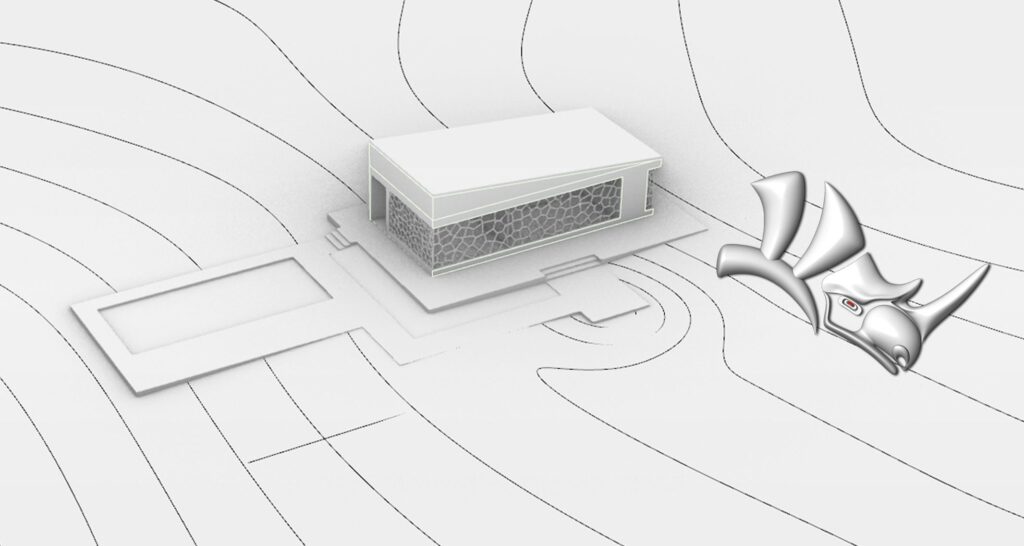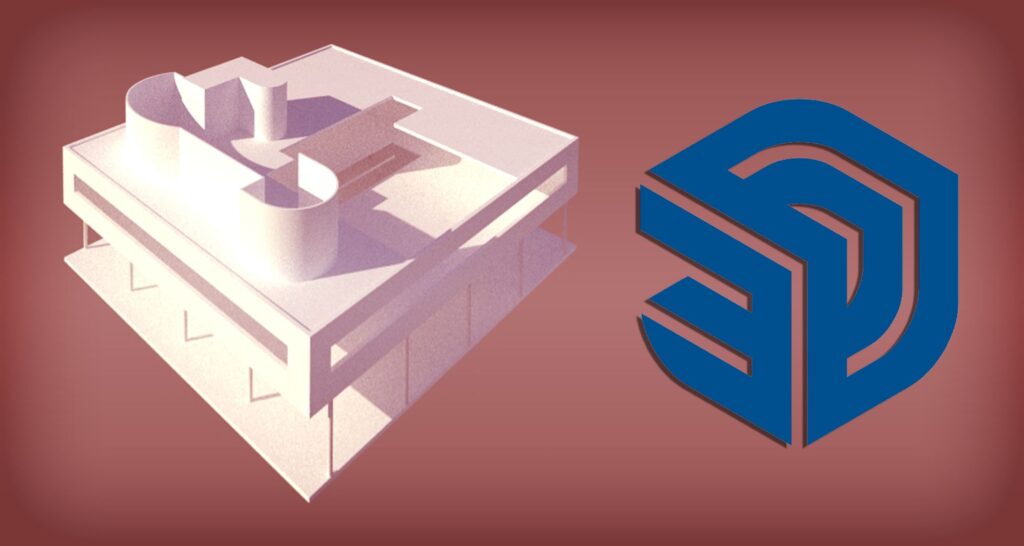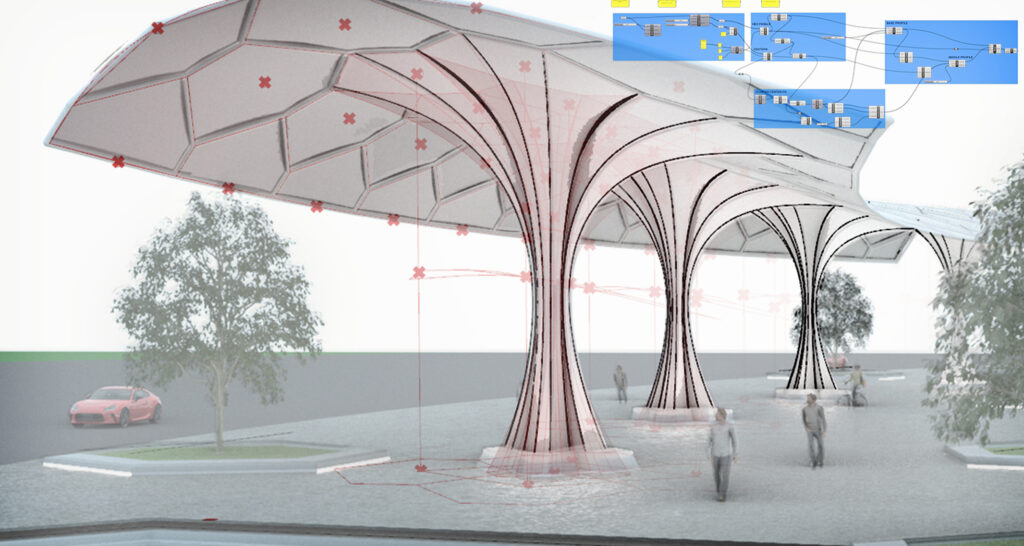5 Tips To Design A Brilliant Pavilion
As an Architect, there are several types of buildings that bring me unique inspiration & freedom. One such type is the pavilion, for it’s scale and flexibility of form and materials. In this article, I will discuss five steps that can ensure you have an exceptional pavilion design that you are proud of and the client will love.
1. Know The Definition Of A Pavilion
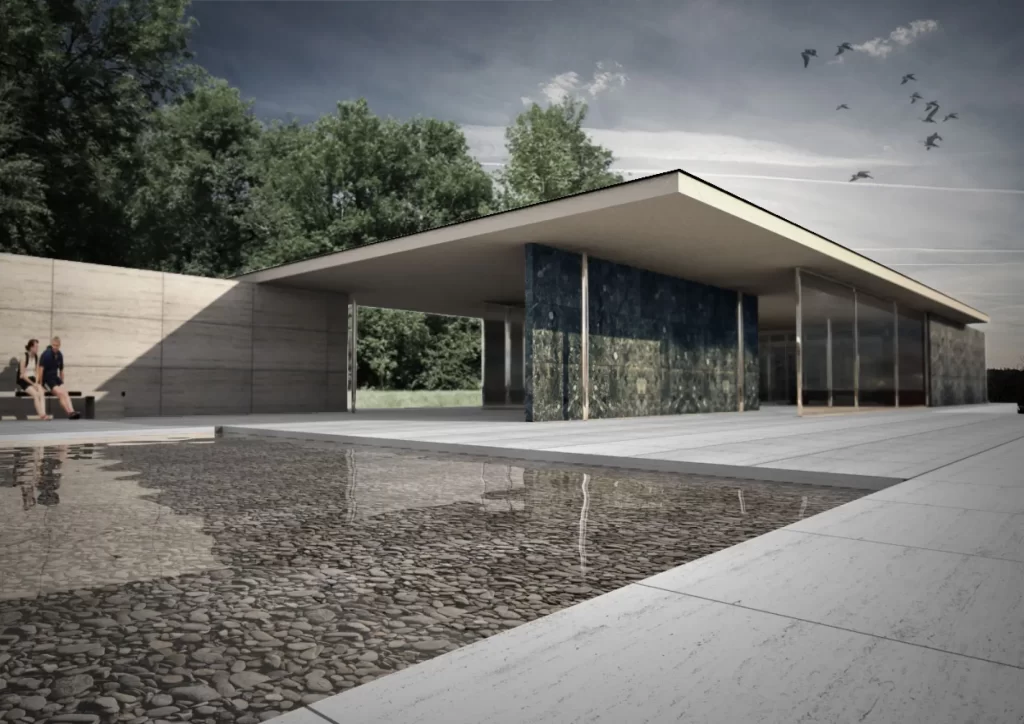
Pavilions in history are commonly defined as simple free standing structures, open to the outside. They are often a small step away from simple native structures, with a simple base and cover over a certain area. This doesn’t mean that the design for such a pavilion can’t be impactful or imaginative. In fact, when seeing pavilion designs as regular experiments for Architecture students and featured Architects, it’s no wonder, that Architects will put so much energy to create expression in such small places.
2. Understand Clients Better:
The first step in a good design is progress with understanding: Understanding the client, the project, the materials, etc., These all play a part for composing quality design, that matches a program idea, and a budget. Next, understanding the use and site are critical, for opportunities of the pavilion form to integrate well. Of course, winning the client’s selection is important, but is matched in importance for truly creating with conviction, the hallmark of great architecture.
4 Tips For Connecting With Client Vision:
- Interview client for building and program needs
- Research about client project history
- Ask about particular client taste and inspirations
- Select regular project meetings weekly or biweekly, etc. throughout a project timeline
3. Find Useful Design Exploration Methods
While hand drawing will always be a favorite for many Architects, it is also a good habit to have some strong digital workflows down, which can often free up the designer to negotiate with consultants and stakeholders in early stages of a project. A good size team can utilize quality CAD or 3D Modeling programs like Rhino or SketchUp to quickly come up with ideas, and plugins like Grasshopper to explore more complex forms in small time frames.
4. Select The Right Materials
Selecting the right materials for a project is all about time and place. Sometimes more sustainable materials will work better. Sometimes, it will be more concrete or plastic for the form. However, every designer should start this conversation early and have a plan to fabrication as the design progresses.
Tips To Perfect Materials
- Consider current market and budget in materials
- Plan sourcing labor for construction, and availability
- Have a good detail system that will withstand structure, and the elements, especially if outside
- Have good coordination with the site coordinator to discuss timeline and access for material storage
5. Research Precedent Projects
The more designs you have in your vocabulary, the better you can speak as an architect. That’s an important reason to stay afresh on different projects and industry updates that are making waves. The time spent learning what’s possible will expand your horizon and power as a designer in the long run.
4 Examples Of Great Pavilions
Here are some admirable pavilions that can inspire your design engines:
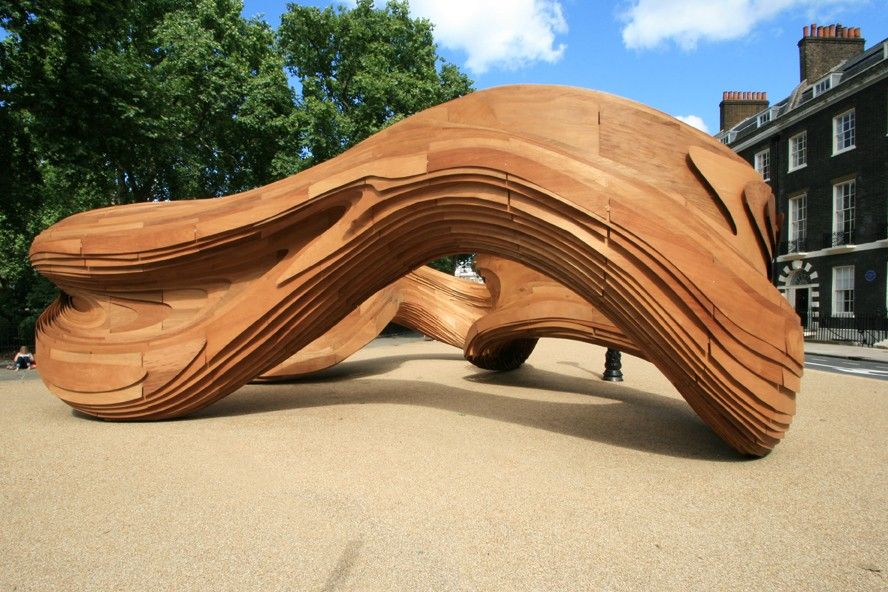
Driftwood Pavilion by Danecia Sibingo, when she was an Architectural Association student is both admirable and utilized programs like Rhino to realize fabrication by a student team.
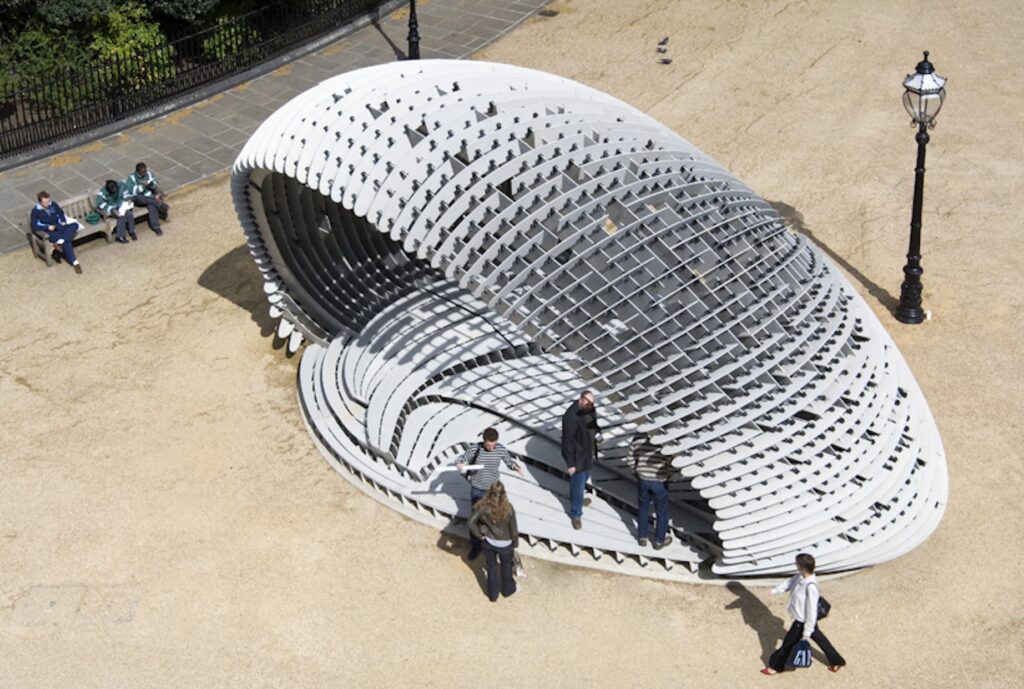
[C]-Space Pavilion by Alan Dempsey and Alan Huang, created for Design Research Lab competition, is incredible collaboration with a manufacturer, realized with parametric design tools.
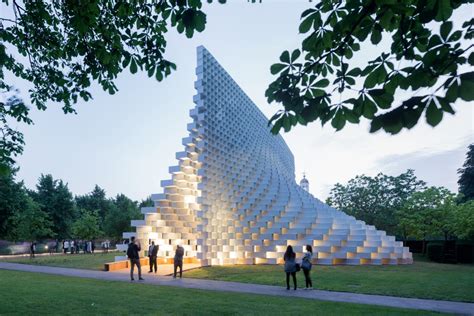
Serpentine Pavilion by BIG, an incredible experiment with simple materials that creates excellent space to enjoy walking around or just being near to.
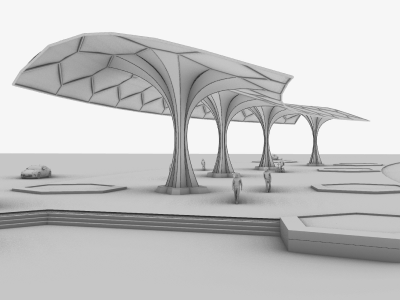
HexPavilion by MotionFORM is actually detailed in our Introduction to Grasshopper course which showcases Rhino & Grasshopper Parametric Modeling to realize a concept shape very quickly, great for a schematic design model.
Conclusion
As you can in this article, a pavilion can both be simple and take a lot of steps to get just right. If you will carefully plan for client, material and method, your design will have a more successful chance for being built and creating an excellent space for visitors now and in the future.
Check out our latest courses for comprehensive training to design Pavilions and other structures below:

